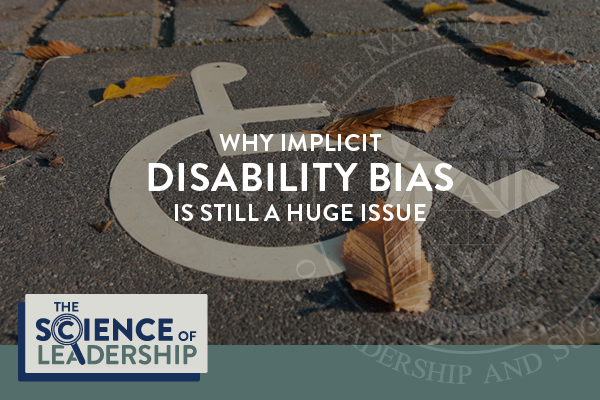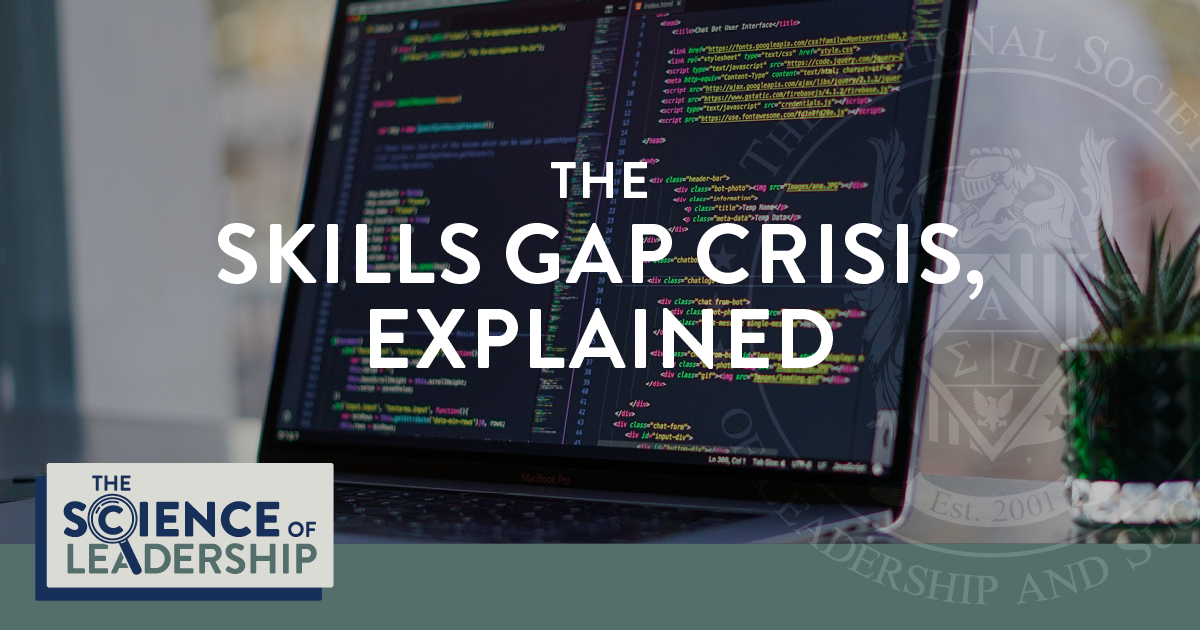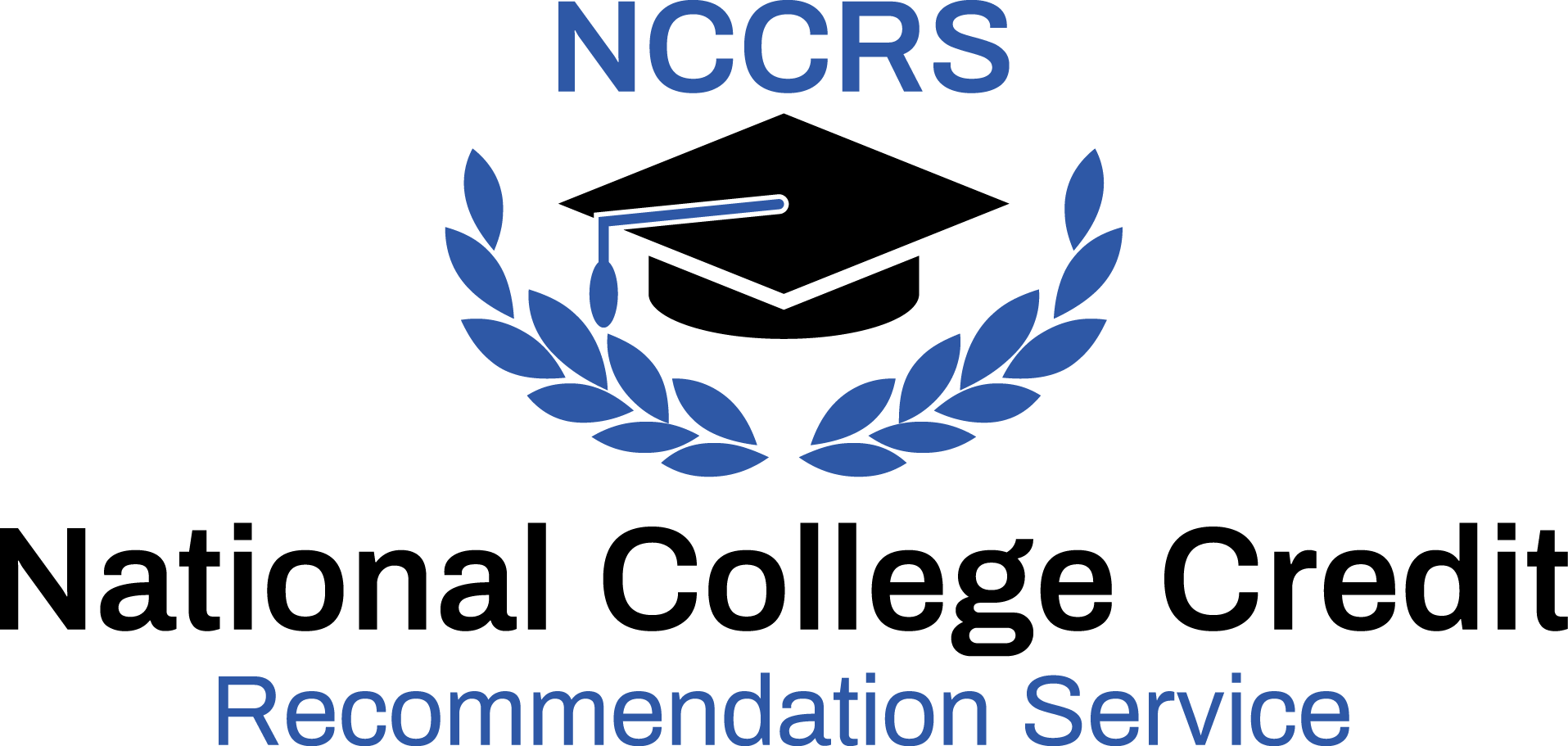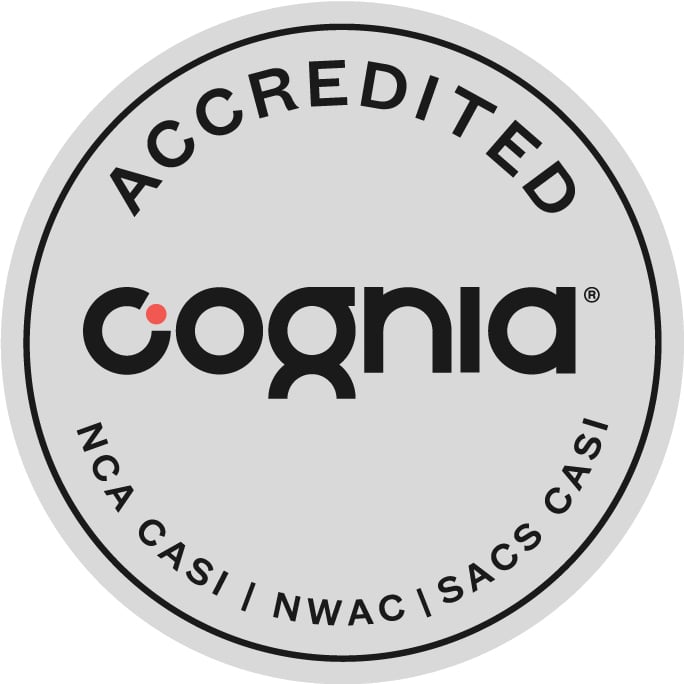Over the last 14 years, implicit bias toward gender, race, and sexuality have all decreased. While that’s terrific news and suggests that we’re becoming more inclusive and accepting of differences, there’s a huge sticking point: implicit bias towards people with disabilities has barely changed at all.
This week in The Science of Leadership, we explore a new report from Harvard researcher Tessa Charlesworth, who not only found that implicit disability bias hasn’t really budged but also that if we continue at our current rate, it could take nearly 200 years to reach neutrality.
Implicit Vs. Explicit Bias
Before we jump into Charlesworth’s findings, it’s important to distinguish the differences between implicit and explicit bias.
Explicit Bias
Explicit bias, also known as conscious bias, is when a person knowingly says and does prejudiced things.
“This type of bias is processed neurologically at a conscious level as declarative, semantic memory, and in words,” reports the National Center for Cultural Competence (NCCC) at Georgetown University.
“Conscious bias, in its extreme, is characterized by overt negative behavior that can be expressed through physical and verbal harassment or through more subtle means such as exclusion.”
Implicit Bias
Implicit bias, also known as subconscious bias, are prejudiced behaviors that happen without the person’s awareness and can often contradict their outward (explicit) beliefs, making this type of bias hard to change.
“What’s so dangerous about implicit bias is that it automatically seeps into a person’s affect or behavior and is outside of the full awareness of that person,” reports the NCCC.
In other words, implicit bias is subtle and internal. It lives beneath the surface but can still prompt outward behavior even though it’s subconscious.
The Shifts in Social Bias Over the Years
In her new research, Charlesworth created a snapshot of the current state of social bias, looking specifically at six different areas:
- Race
- Sexuality
- Skin tone
- Body weight
- Age
- Disability
To gather the data, the team “tested how quickly subjects associated different concepts with being good or bad, using the Implicit Association Test,” explains Nikki Rojas with The Harvard Gazette.
The Implicit Association Test (IAT) was developed by three other scientists, including Charlesworth’s advisor, Mahzarin Banaji. The test asked participants to quickly associate various factors and then rank them as good or bad. Once completed, the answers were evaluated to help reveal a person’s implicit biases.
Upon analysis, the new research showed some promising signs for certain areas—specifically sexuality bias—and shows that implicit bias can be changed, which was once thought impossible.
"Implicit bias can change. But so far, it's only changed for some groups," Charlesworth said. "It changed sexuality and race bias pretty dramatically. Sexuality biases dropped 64 percent over 14 years, but it hasn't changed at all for disability, age, or body weight bias.”
Implicit Disability Bias Has Barely Moved
The big takeaway from Charlesworth’s study is how behind the curve decreases in implicit disability bias are compared to other social biases.
“Disability bias over 14 years has only shifted by three percent. The disparity between the change in sexuality bias and the stability in disability bias is massive,” Charlesworth reports.
Extending this rate of change into the future paints an even more troubling picture. If this rate continues, Charlesworth reports that it could take over 200 years to reach neutrality, where there is no implicit disability bias at all.
In terms of explicit bias, the story is a bit different. Charlesworth found that explicit disability bias has dropped 37 percent in the last 14 years. She also reports that this means that we could see a time where explicit disability bias is completely gone before implicit bias makes substantial improvements.
How to Reduce Implicit Disability Bias
The new findings bring up one important question: how can we speed up improvements in implicit disability bias?
Social Movements Impact Implicit Biases
According to Charlesworth, the positive gains made in other areas can potentially be attributed to social movements that have become top of mind in recent years, specifically #MeToo and Black Lives Matter.
“The amazing thing about Black Lives Matter and previous social movements [is that they] created national conversations that brought the bias to the front of everyone's mind,” says Charlesworth.
These societal events opened the door to discuss implicit biases and forced many people to take a deep look at their own thoughts and actions, which helped reduce implicit bias in these areas
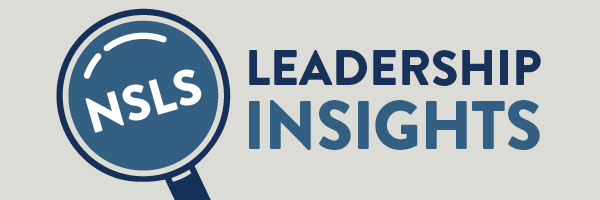
Empathy can go a long way when trying to decrease implicit biases. By putting yourself in someone else’s shoes, you can better understand their situation and slowly chisel away the subconscious biases you might have.
As discussed in a previous edition of The Science of Leadership that focused on cognitive diversity, The National Society of Leadership and Success (NSLS) often uses what’s called the “Inclusion Iceberg” to help leaders better understand diversity and increase their awareness.
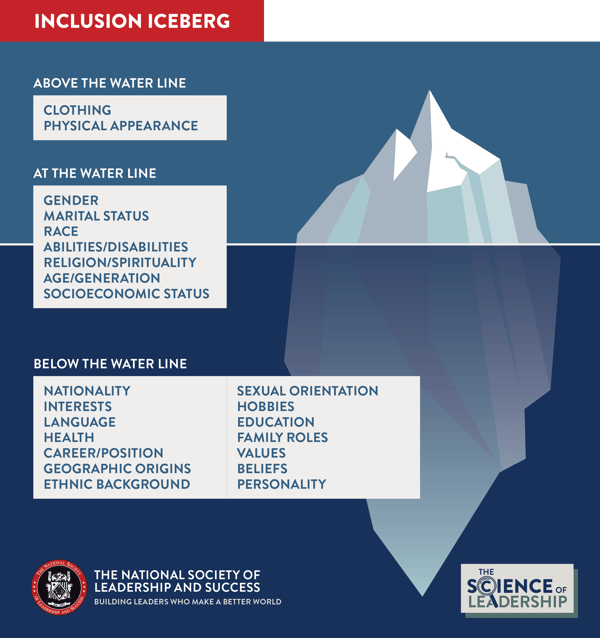
When it comes to implicit disability bias, this framework is even more critical because disabilities come in many forms, with some being visible and others not. Thinking this way can help you change how you view others and the world around you while also increasing empathy and improving self-awareness.
View the World in a New Light
Charlesworth reported a similar phenomenon by merely studying disability bias, which increased her awareness of how those with disabilities may see the world differently.
“When I first started this research six years ago, I started noticing the number of places that don’t have ramps or the number of places that have really narrow sidewalks. In and around Cambridge there are so many knobby brick roads with tree roots in the sidewalks that are totally ableist,” said Charlesworth.
“For a long time, I took that for granted and didn’t think it was a problem. That’s how implicit bias becomes baked into our environments and can create these associations of who seems to be welcomed or valued.”
In the end, implicit biases are truly difficult to break because we perform them subconsciously; however, they are not unchangeable. With a new mindset, an empathetic eye, and a willingness to adapt, we can conquer implicit bias and create a more inclusive world.
The Science of Leadership connects cutting-edge leadership research to the real world.
Ready to dig deeper? Read Charlesworth’s full report here and explore your own implicit biases with the Implicit Association Test used in this study here.
Want to learn more about diversity issues like this? Check out our recent article: How to Create Effective Teams and Organizations Using Cognitive Diversity.
Have a burning question about any of the topics we’ve covered? Email us at blog@nsls.org. We’d love to hear from you.


